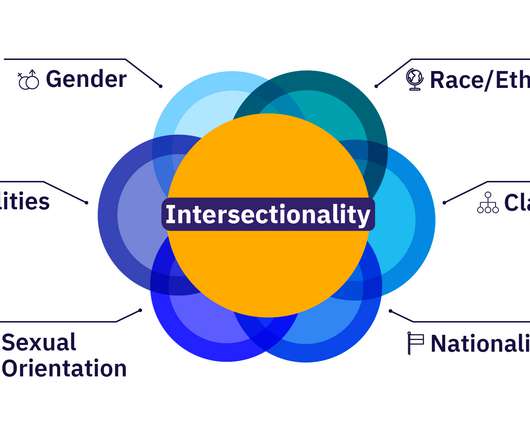Intersectionality in the Workplace: What HR Needs to Know
Analytics in HR
JULY 20, 2022
The goal is also to ensure that employees have opportunities to discuss these issues in a transparent way to eradicate discrimination and create a fair, inclusive workplace. between 1985 and 2014. Therefore, it enables you to effectively fight bias and discrimination. What are examples of intersectionality in the workplace?






















Let's personalize your content